Thinking of wall printing machines, the first image that comes to mind is their ability to transform blank walls into vibrant canvases of art, advertising, or personalized designs. But what if these versatile machines could do more than just print on vertical surfaces? The answer is yes—modern wall printing machines are not limited to walls; they can also create stunning designs on floors, opening up a world of creative possibilities for both indoor and outdoor spaces. In this article, we’ll explore how wall printing machines can be adapted to print on various types of flooring, the techniques involved, and the exciting potential of this expanding capability. If you’re ready to turn creativity into a profitable business, a wall printing machine might just be your gateway to success.
Cement
Cement used to be just a solid foundation beneath our feet. Now, it has become a versatile material that can transform walls, floors, and roads into functional art. With wall printing machines, cement can take on new life. It no longer just serves a purpose; it can now add character and feel to the space.
Tips for Printing on Cement Surfaces
- Surface Preparation: Ensure the cement is clean, dry, and free of dust or debris for optimal print quality.
- UV Printing Technology: Ideal for precision and durability, UV printing restores vibrant colors and sharp details.
- Ink Compatibility: Use UV-curable inks for strong, fade-resistant prints that bond well with cement.
- Sensors and Adjustments: Advanced sensors automatically adjust the print head’s distance, ensuring consistent quality on uneven surfaces.
Brick
Wall printing machines transform rough, textured brick surfaces into vibrant art. Using advanced technology, they produce sharp, flawless prints. Even on uneven walls, these machines work smoothly. It’s like watching a canvas come alive, with every curve and crevice detailed beautifully.
Tips for Printing on Brick
- Surface Adaptation: Printheads automatically adjust to maintain a consistent distance, ensuring accuracy on uneven bricks.
- No Pre-Treatment: Clean the surface thoroughly, but no additional treatment is usually needed.
- Sensor Technology: Dual sensors ensure precise, high-quality prints on brick surfaces.
- Material Versatility: LED UV technology allows printing on various materials, including brick, without major adjustments.
Asphalt
Printing on asphalt can be challenging, but the 2-in-1 Wall and Floor Printing Machine makes it easier. It handles rough surfaces well and leaves clear, high-quality prints that stand out, no matter where you use it.
Tips for Printing on Asphalt
- Surface Preparation: Clean thoroughly to remove dirt, oil, or contaminants for better ink adhesion.
- UV Printing Technology: UV inks dry quickly and provide durability for outdoor surfaces.
- High-Precision Sensors: Adjust the print head distance for consistent quality on uneven asphalt.
- Environmental Conditions: Use sturdy machines to minimize wind or vibration interference.
- Ink and Material Compatibility: Choose UV inks designed for asphalt to ensure durability and color retention.
Wooden Flooring
Wooden flooring adds a warm and timeless charm to any room. It feels like walking on nature itself, with each step bringing comfort and style. A wall printing machine can turn each plank into a unique work of art, combining beauty and strength. This isn’t just flooring; it’s a statement—elegant and built to last.
Tips for Printing on Wooden Flooring
- Surface Preparation: Ensure the wood is clean, dry, and dust-free for optimal results.
- Ink Compatibility: UV-curable inks resist fading and wear, ideal for wooden floors.
- Adjustments for Uneven Surfaces: High-precision sensors adapt to uneven wood surfaces for consistent prints.
- Durability: Indoor prints last 4-8 years, while outdoor prints last 2-4 years, depending on conditions.
Ceramic Tile
Ceramic tiles are strong and practical. They also offer a great opportunity to add style to your space. With the newest wall printing machine, they’re now perfect for vibrant, attention-grabbing designs. These designs can turn any room into a work of art.
Tips for Printing on Ceramic Tiles
- Material Compatibility: Use printers like the 2-in-1 Wall and Floor Printer designed for ceramic tiles.
- Ink Selection: UV inks provide vibrant colors and durability, with options for raised textures.
- Preparation: For sublimation printing, use a soft fusion pillow and secure the design with tape.
- Durability: Use UV inks resistant to sunlight, moisture, and foot traffic for long-lasting prints.
Marble
Marble is a timeless material that blends beauty and strength. When I look at a wall with detailed designs, I feel as though the marble is telling a story. Every mark adds life to its smooth surface. With the right printing machine, marble turns into a canvas, transforming any room into a space filled with elegance.
Tips for Printing on Marble
- Surface Preparation: Clean and dry the marble thoroughly; a primer may improve ink adhesion.
- Printer Calibration: Use sensors to detect and adjust for uneven surfaces.
- Ink Selection: UV-curable inks designed for hard, non-porous surfaces ensure better adhesion.
- Post-Printing Care: Apply a protective layer to preserve prints in high-traffic areas.
Terrazzo
Terrazzo is tough and adaptable. It can transform any space with ease. I really appreciate how its durability lasts over time. When combined with UV wall printing machine, it becomes a beautiful canvas. It’s ready to bring your creative ideas to life. You can give your floors or walls a unique personality.
Key Considerations for Printing on Terrazzo
- Surface Preparation: Clean thoroughly to remove dust or oils for better ink adhesion.
- Distance Sensing: Use ultrasonic sensors to maintain the correct print head distance.
- Calibration: Ensure proper alignment using laser positioning systems.
- Ink Compatibility: Test UV inks on a small area to ensure adhesion and color accuracy.
Cork Flooring
Cork flooring feels soft and warm underfoot, with a natural texture that connects you to nature. It’s an eco-friendly option for your home. With wall printing machines, you can enhance its beauty without sacrificing durability. This creates a space that’s both stylish and long-lasting.
Tips for Printing on Cork Flooring
- Surface Preparation: Ensure the cork is clean, dry, and free of contaminants.
- Adhesion: Use specialized adhesives to bond printed materials effectively.
- Durability: Test printing methods on a small area to avoid damage.
- Moisture Barrier: Protect cork from moisture or heat during the printing process.
Summry
The versatility of wall printing machines extends far beyond walls, proving their ability to transform floors into dynamic works of art. As technology continues to advance, the potential for these machines to adapt to diverse surfaces and applications will only grow. By embracing this innovation, businesses and individuals alike can redefine spaces, blending functionality with artistry in ways that were once unimaginable. The future of printing is not just on walls—it’s underfoot, waiting to be explored. For more details about wall printing machines or to get a quote, contact us today!

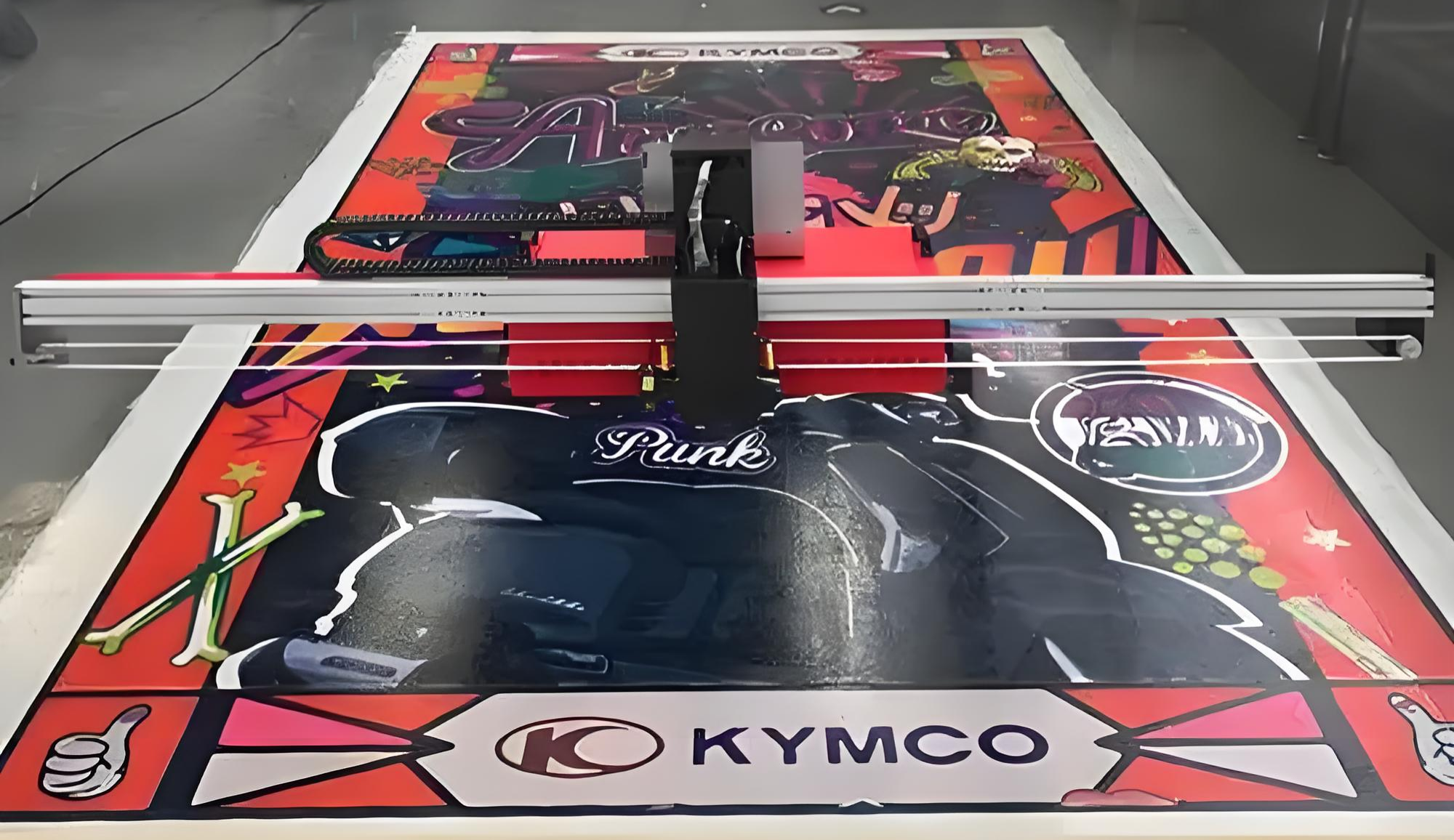


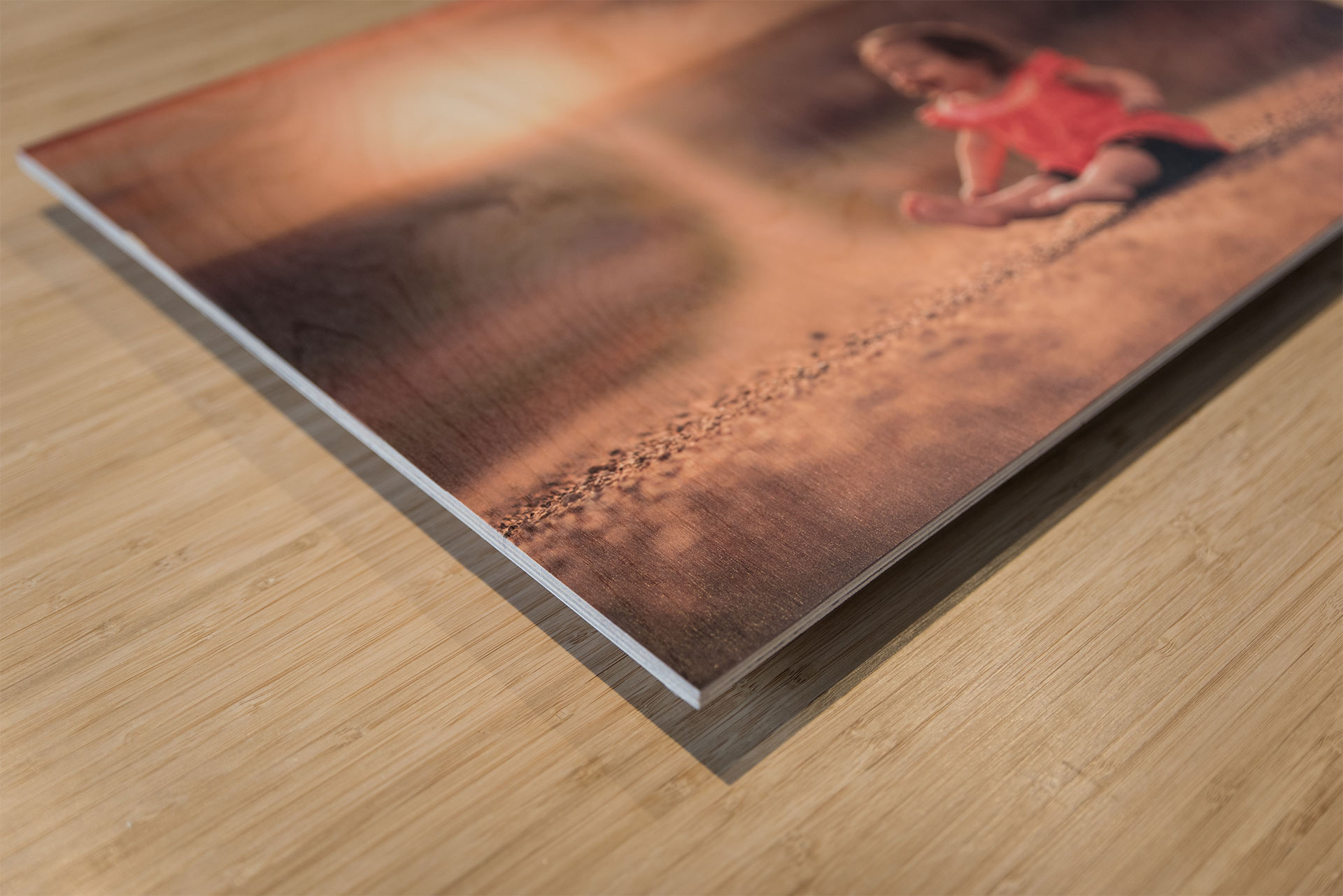
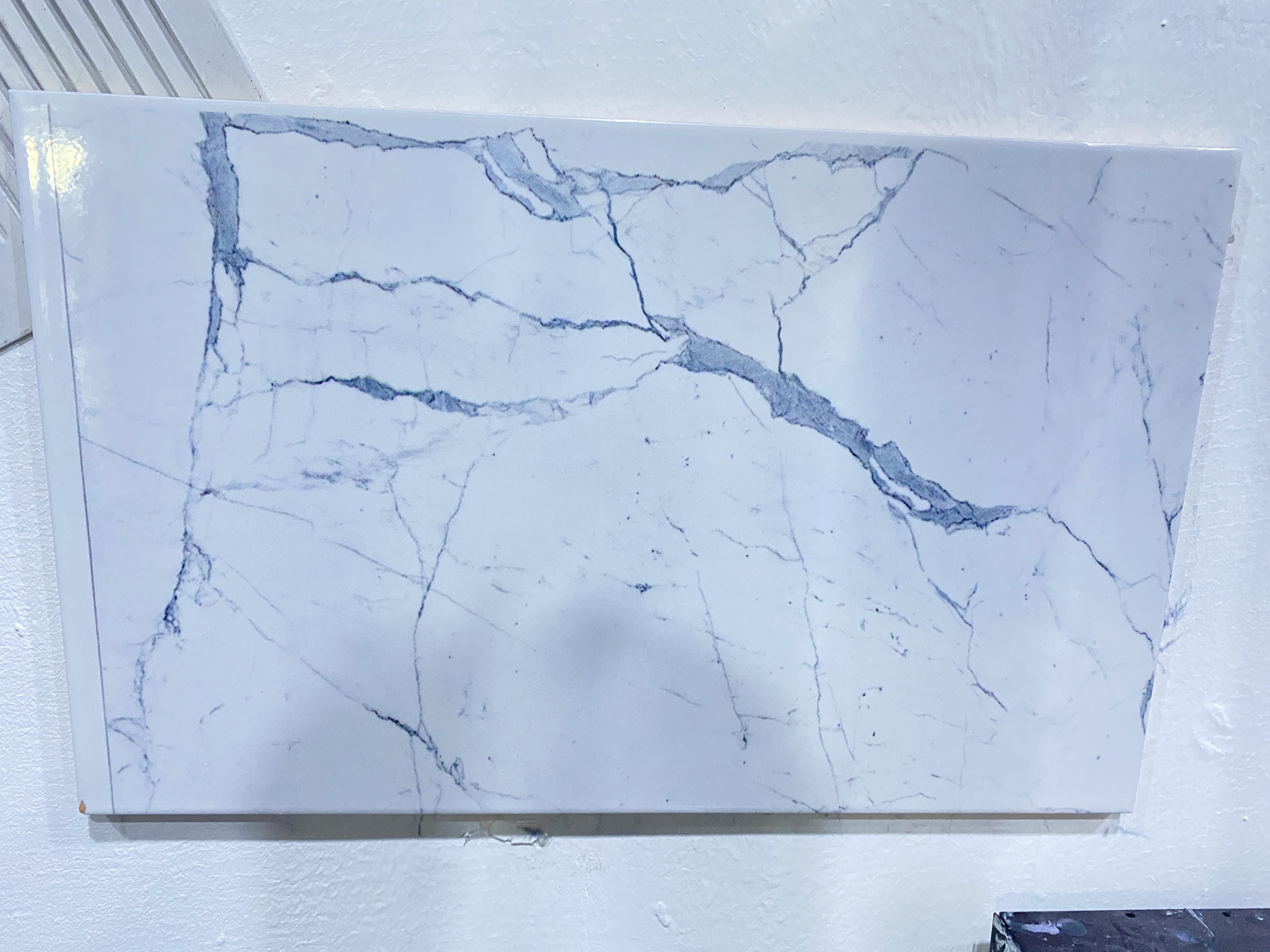
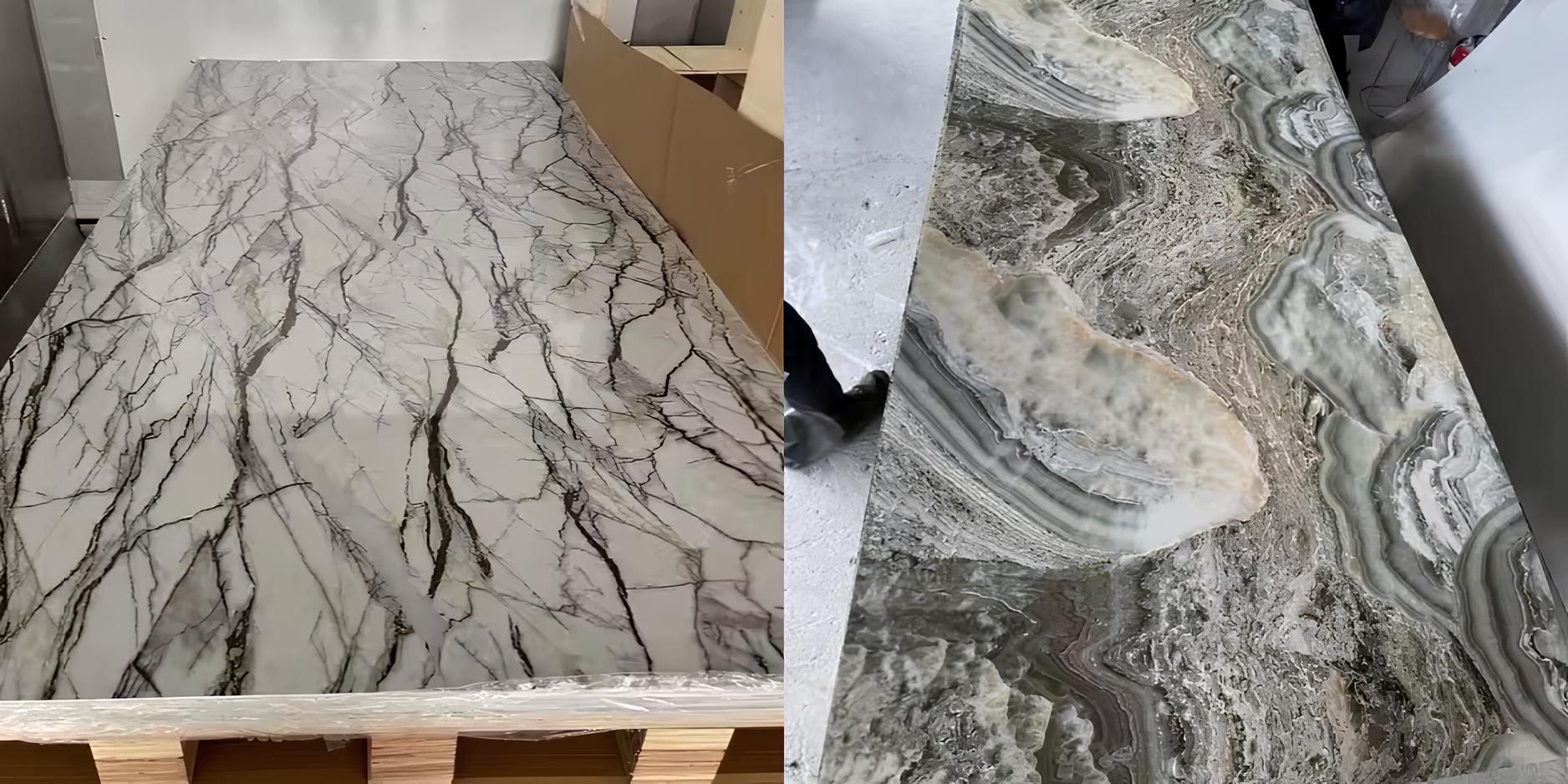

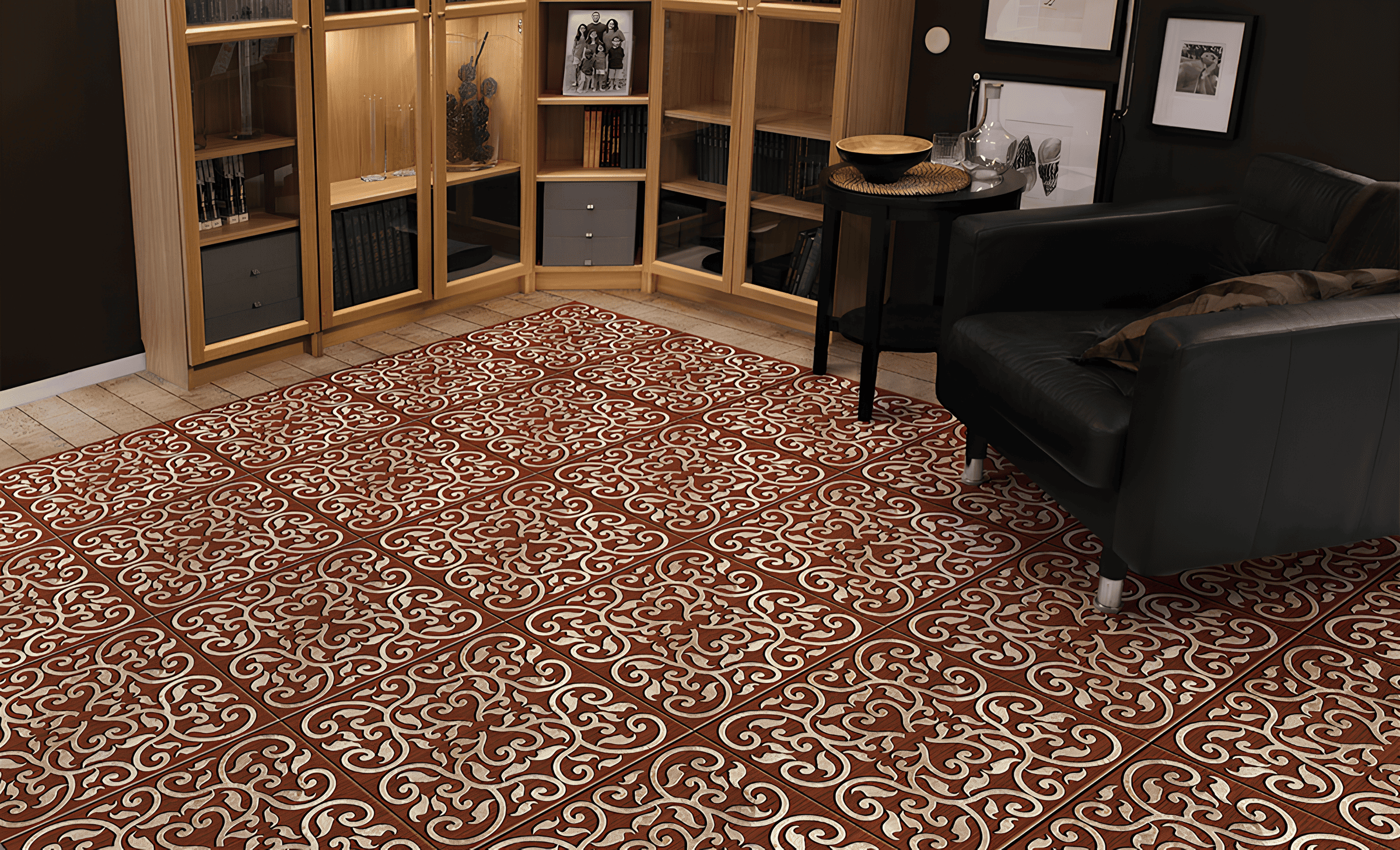
Recent Comments